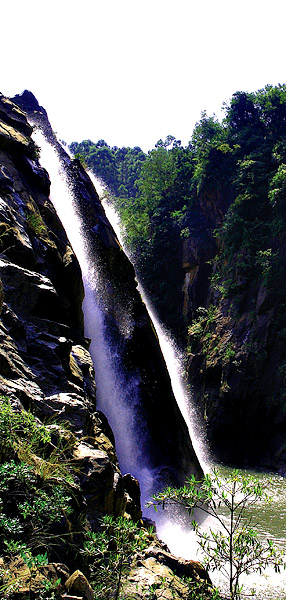
ADVENTURE
AIDS
AIRLINES
AIRPORT
AIRPORT BUS
ARCHAEOLOGY
ARCHITECTURE
ARCHIVES
ART GALLERIES
BANKS
BIRDING
BOOK EXCHANGE
BUDGET TRAVEL
BUSES
BUSHFIRE
BUSHMAN PAINTINGS
BUSHMEN
CAMPSITES
CAR HIRE
CARS and DRIVING
CATTLE
CLIMATE
COLONIALISM
CRIME
DRUGS
ECONOMY
HISTORY
IMMIGRATION
KINGS
MBABANE
NATURE RESERVES
POLICE
RITUAL CEREMONIES
SIBEBE TRAILS
TOUR COMPANIES
TRAVEL AGENCIES
Index to information in the guide
There are Nature Reserves in each of the four major ecological zones in the country: the highveld; middleveld; lowveld; and Lubombo. These are really recreated living museums, islands of the past, rather than areas of untouched ancient ecology. In all the reserves, land has been reclaimed which was used for other purposes and then restocked with game with varying degrees of success. All of the reserves are beautiful, some extremely so, and it is well worth visiting at least one of them while you are in Swaziland. Government reserves run by the Swaziland National Trust Commission are also subsidised by it and they offer probably the only bargain accommodation in the country. Almost all reserves have campsites, a good secure budget accommodation option.
Other reserves are privately owned and have higher prices and better standards of service. The reserves are listed according to the ecological zone that they are in, starting with the highveld and working eastward to the middleveld and lowveld, ending in the Lubombo.
Details are in the book version.
